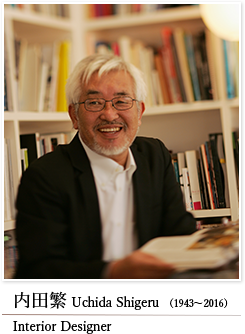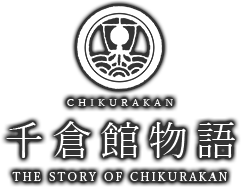A seaside town rich in history.
Stories of hot spring inns in a fishing village.
In the area once known as Awa Province, or Boshu, there was a small, picturesque seaside fishing village. The town had numerous traditional storehouses built by fish merchants, and although no one knows when, it began to be known as "Chikura," or "one thousand storehouses." The town was once a resting point for travelers along the southern peninsula, and it was also one of the prominent geisha quarters in the Kanto region, with many multi-storied buildings in the vicinity of Chikurakan. The former incarnation of Chikurakan took its name from the Kawajiri River and was called Kawajirikan. It stood at the center of the post town and was filled with local fishermen, traveling merchants, and others. The original structure for today's building was constructed in 1940 and it was at this time the name was changed to Chikurakan. During WWII it was used as a facility to house Japanese naval forces, but as peaceful times prevailed, the area became loved by many writers and intellectuals for the hot springs and delicious seafood, eventually becoming the modern Japanese-style hotel it is today.
Chikurakan Designed by Shigeru Uchida
Chikurakan strikes a superb balance between the traditional and the modern. The lobby lounge, open-air baths, and some of the guest rooms were designed by distinguished Japanese interior designer Shigeru Uchida, a man who loved the Chikura area dearly, and whose sentiments live on in our ryokan.

"I count myself among the admirers of the Chikura area. The coastline, with blue seas as far as the eye can see, touches a familiar part of our being and refreshes the soul. I fell in love with Chikura and started coming back frequently. One day I found Chikurakan, a ryokan of pedigree that served lavish arrangements of locally caught seafood. I became a regular." "I was then asked to redesign the lobby and the grill restaurant of this beloved inn. My intention was to create spaces that utilize the charm of Japanese spatial concepts while incorporating modern sensibilities. The guest rooms with open-air baths unite both Japanese and Western themes, and are minimalistic spaces that can be enjoyed by both young and old. The image in my mind was to use soft lighting to produce shadows and create a relaxing ambience. It would make me happy to know that we have succeeded in creating a place that people really love."
A leading Japanese designer, Uchida not only designed commercial and residential spaces, but also furniture, industrial design products, and even worked in urban planning. He was a multidisciplinary artist active both in Japan and abroad. He received the Mainichi Design Award, Minister of Education Award for Fine Arts, Medal with Purple Ribbon, Gold Rays with Rosette of the Order of the Rising Sun, and numerous other awards. His major works include boutiques for Yohji Yamamoto; the Kobe Fashion Museum; the Ji-an, So-an and Gyo-an tea rooms; a series of Crest Tower interiors; the Mojiko Hotel; Oriental Hotel Hiroshima; and The Gate Hotel Kaminarimon. Uchida's publications include Japanese Interior Design-Its Cultural Origin, Mojiko Hotel Aldo Rossi Shigeru Uchida, and A History of Design in Postwar Japan.








